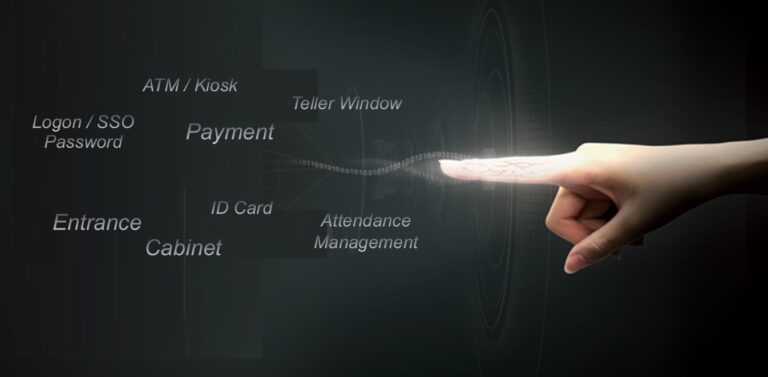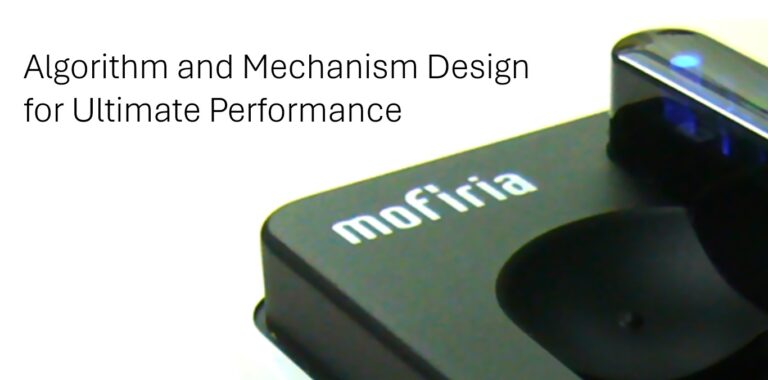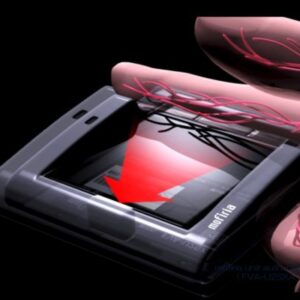
Satoshi Amagai’s Blog : 15th Anniversary of Our Founding
On December 6th, our company celebrated its 15th anniversary.We would like to express our sincere gratitude for the stern yet encouraging guidance and support we have received from all those involved. We continue to receive new inquiries, requests, and opportunities every day, which reminds us how quickly time passes.Thanks to your continued support, we have rarely experienced a “silent” period over these past 15 years.— That said, during the COVID-19 pandemic, communication with the rest of the world was temporarily disrupted. However, we devoted ourselves to restructuring our internal operations to meet the needs of that critical situation, and our daily activities remained as busy as ever. To summarize our









